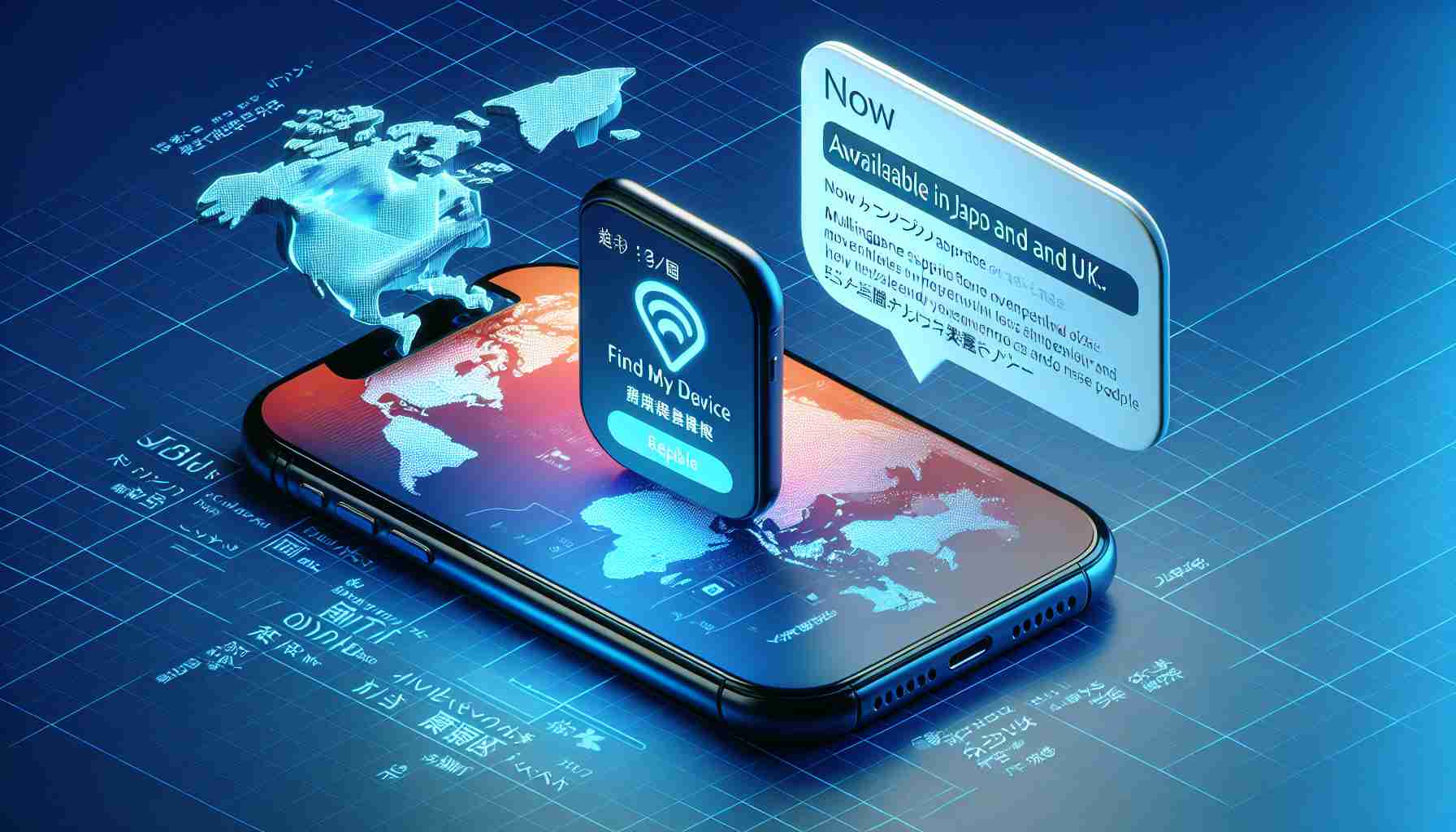The tech giant Google is extending its device locating feature to international users in a gradual rollout, commencing with instances spotted in Japan and the U.K. Initially set in motion in the United States and Canada earlier in April, Google’s Find My Device is mirroring the utility provided by Apple’s Find My Phone service, enhancing user’s ability to track down their misplaced hardware.
A Japanese user was among the first to reveal the new function via a public screenshot, suggesting the onboard navigation tool might be ready for a wider release. Not long after, sightings from a U.K. Pixel 8 owner confirmed that the feature is indeed crossing borders, albeit without a formal schedule from Google detailing the specifics of the expansion.
Developers behind Bluetooth devices had hinted at a late May commencement for the worldwide distribution, which could explain the current episodes. Speculation is rising as U.S. customers are also being notified about joining the Find My Device Network, pointing towards a broader strategy unfolding.
Underpinning this technology are the same security protocols that shield Apple’s equivalent system, with Google affirming the sanctity of end-to-end encryption for location data and emphasizing user privacy through limited location pings.
While the full extent of the deployment remains shrouded, Google overtly aspires to introduce Find My Device globally in swift fashion. Observers anticipate Europe, Australia, and South Korea to follow in the U.K. and Japan’s footsteps, anticipating Google’s intention to confirm a comprehensive release roadmap at the upcoming I/O 2024 event.
What is Google’s Find My Device and how does it work?
Google’s Find My Device is a service that allows users to locate, ring, or wipe their Android devices remotely in case they lose them. It uses GPS, Wi-Fi, cell networks, and other sensors to pinpoint the location of the device. Users can access the service via an app or through the web to find their device’s location on a map.
What are the key challenges or controversies associated with Google’s Find My Device?
One of the challenges with location tracking features like Google’s Find My Device is ensuring user privacy and security. Although Google states that it uses end-to-end encryption for location data, there is always the concern that such sensitive information could be compromised or misused. Additionally, expanding the feature internationally can involve navigating different countries’ regulations regarding user data and privacy.
Advantages and Disadvantages of Google’s Find My Device:
Advantages:
– It offers peace of mind by allowing users to find their lost devices.
– The service provides a layer of security, offering the option to remotely lock or wipe a device if it has been stolen.
– The app uses end-to-end encryption, aiming to protect user location data.
Disadvantages:
– There is a potential for privacy concerns if the location data is not properly secured.
– The effectiveness of the service is dependent on the device having a charge and being connected to the internet.
– Accuracy can be variable, particularly if the device is indoors or in a location with a poor GPS signal.
For users wanting more information about Google’s broader services, they can visit Google. It is important to note that additional resources or FAQ sections may be available specifically to address questions and issues related to the Find My Device service.
